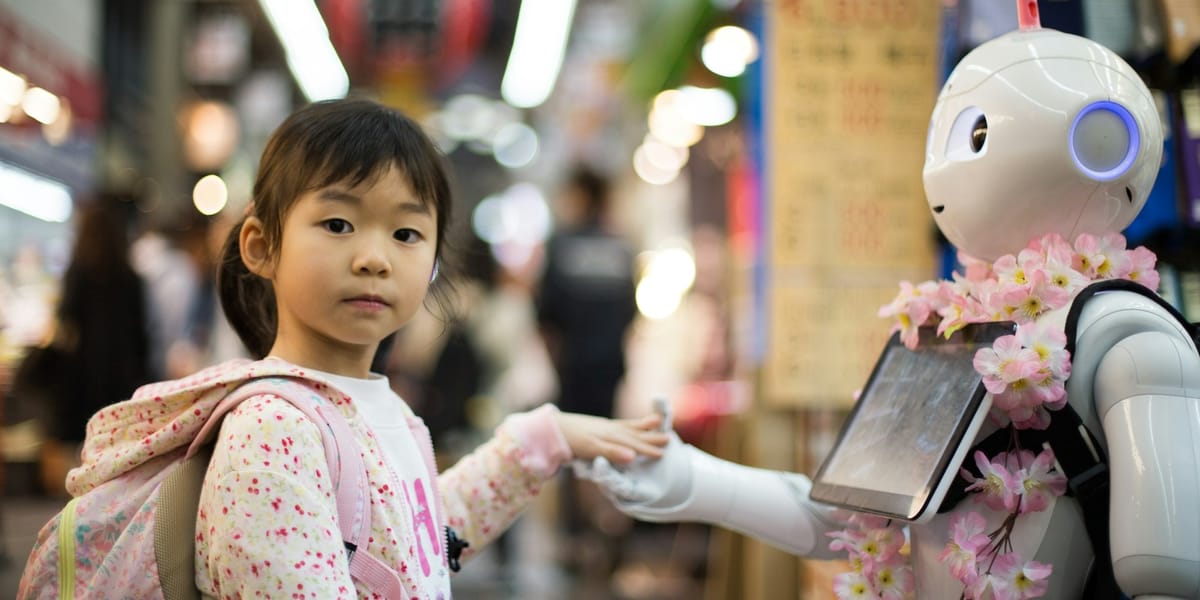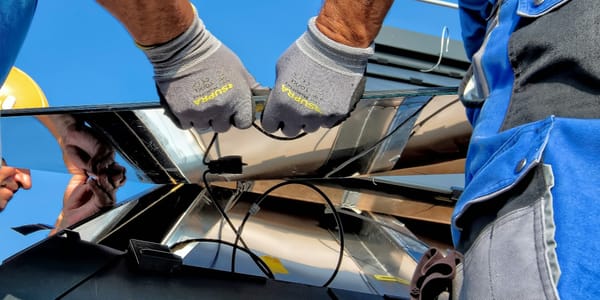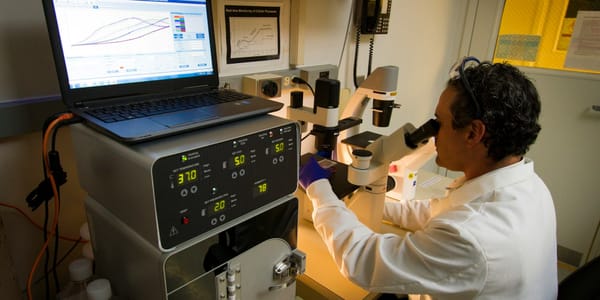Leaps in Humanoid Robotics

The field of humanoid robotics has witnessed remarkable advancements over recent years, driven by rapid progress in artificial intelligence (AI), machine learning, and robotics technology. These robots, designed to mimic human capabilities and interact seamlessly with humans, are poised to revolutionize various industries and aspects of daily life. This article explores the latest developments in humanoid robotics, their current applications, and future prospects.
Recent Advancements in Humanoid Robotics
Recent years have seen significant strides in the development of humanoid robots, primarily due to advancements in AI and machine learning. These technologies enable robots to perceive and interact with their environment more intelligently. For instance, AI algorithms tailored for humanoid robots have enhanced their ability to understand natural language, recognize facial expressions, and learn from interactions with humans[3]. Machine learning techniques allow robots to improve their performance over time, adapting to new tasks and environments autonomously.
In addition to AI, advancements in sensing technologies have been crucial. Multi-modal sensor arrays, which combine vision, touch, and other sensing modalities, provide robots with a comprehensive understanding of their surroundings[1]. These improvements in sensor technology, along with developments in control algorithms, have significantly enhanced the autonomy and adaptability of humanoid robots[2].
Current Applications of Humanoid Robots
Humanoid robots are finding applications across a wide range of industries, showcasing their versatility and potential to transform various sectors:
- Healthcare: In hospitals and elder care facilities, humanoid robots assist with patient care, rehabilitation exercises, and companionship for the elderly. They can perform tasks such as dispensing medications, monitoring patient vitals, and providing physical support during rehabilitation[4].
- Retail and Hospitality: Robots are increasingly serving in customer service roles, providing information, guiding customers, and even handling transactions in retail environments and hotels. Their ability to interact with customers in a human-like manner enhances the customer experience[3].
- Education: In educational settings, humanoid robots act as tutors or assistants in classrooms, providing personalized learning experiences and helping students with special needs. They can engage students in interactive learning activities and offer immediate feedback[4].
- Manufacturing: In industrial settings, humanoid robots collaborate with human workers on assembly lines, performing tasks that require dexterity and precision. They can handle repetitive and physically demanding tasks, improving efficiency and reducing the risk of human injury[3].
Future Directions and Challenges
The future of humanoid robotics is promising, with several key trends and developments shaping the field:
- Enhanced Human-Robot Interaction: Future trends indicate advancements in human-robot interaction (HRI), focusing on natural communication and intuitive interfaces. This includes gestures, voice commands, and facial expressions that enhance the robot’s ability to understand and respond to human emotions and intentions accurately[3].
- Technological Integration and Connectivity: The integration of humanoid robots with other emerging technologies, such as the Internet of Things (IoT) and 5G networks, will enhance their capabilities for data sharing and collaborative tasks. High-speed networks and edge computing will enable robots to process data faster, reducing latency and enhancing real-time responsiveness[3].
- Ethical Considerations and Regulatory Frameworks: As humanoid robots become more integrated into society, ethical considerations surrounding their use will become increasingly important. Topics such as data privacy, job displacement, and ethical AI deployment will shape regulatory frameworks globally[3].
Despite the promising outlook, humanoid robotics face several challenges. Developing robots that can perform human-like tasks reliably and safely remains a significant technical challenge. High costs associated with research, development, and deployment limit widespread adoption, particularly in smaller businesses and developing regions[3]. Overcoming public skepticism and fear of robots replacing human jobs or invading privacy requires transparent communication and demonstrating tangible benefits[3].
Conclusion
The field of humanoid robotics is on the cusp of transformative advancements, driven by rapid progress in AI, machine learning, and robotics technology. As these technologies continue to evolve, humanoid robots will play a pivotal role in transforming industries, enhancing productivity, and improving quality of life. By addressing the challenges and embracing the opportunities presented by humanoid robotics, stakeholders can contribute to shaping a future where humanoid robots coexist harmoniously with humans, augmenting capabilities and driving innovation across global markets.
Citations:
[1] Embracing the future: the rise of humanoid robots and embodied AI https://www.oaepublish.com/articles/ir.2024.12
[2] Advancements in Humanoid Robots: A Comprehensive Review and ... https://www.ieee-jas.net/article/doi/10.1109/JAS.2023.124140
[3] Future Trends in Humanoid Robotics: What to Expect in the Next ... https://www.verifiedmarketresearch.com/blog/future-trends-in-humanoid-robotics/
[4] The Dawn Of Humanoid Robotics: A Glimpse Into The Future - Forbes https://www.forbes.com/councils/forbestechcouncil/2023/08/14/the-dawn-of-humanoid-robotics-a-glimpse-into-the-future/
[5] The Rise of Humanoids, Explained - Global X ETFs https://www.globalxetfs.com/the-rise-of-humanoids-explained/
[6] Editorial: Humanoid Robots for Real-World Applications - Frontiers https://www.frontiersin.org/journals/robotics-and-ai/articles/10.3389/frobt.2022.938775/full
[7] Recent advancements in multimodal human–robot interaction https://www.frontiersin.org/journals/neurorobotics/articles/10.3389/fnbot.2023.1084000/full
[8] The Future of Robotics: How Robots Will Transform Our Lives https://www.simplilearn.com/future-of-robotics-article



